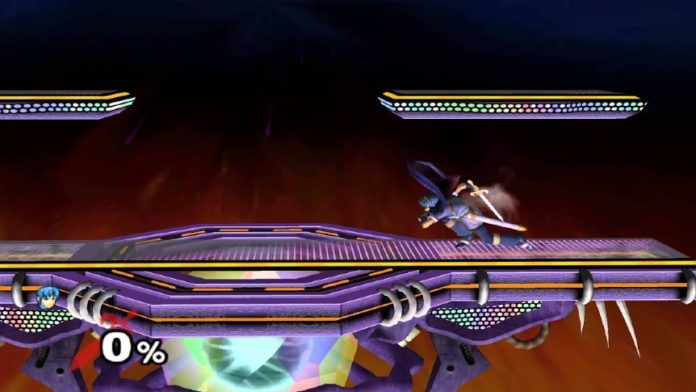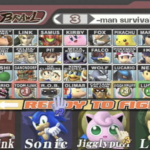One of the most popular techniques in Super Smash Bros. Melee, as well as one of the first moves that competitive players learn, wavedashing has a long and storied history in Melee’s meta.
There were debates in the past on if it was considered a glitch or not, as well as how much utility one could get out of it. We’ll take a look at the physics behind wavedashing, its uses, and how it appears in the broader fighting game scene.
Wavedash: Explained
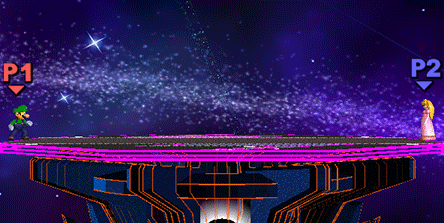
Contrary to what casual players might claim, wavedashing is not a glitch. Rather, wavedashing is just a consequence of the airdodge physics in Melee’s engine. It was discovered in January 2002 and was originally called “mad dashing.” The term “wavedash” was coined in the same year, taking its name from a similar technique in the Tekken series.
In Melee, there are directional air dodges; a player can airdodge in just about any direction, giving them a slight boost when they first trigger the dodge.
Because of this, if a character air dodges diagonally into the ground immediately after jumping, the momentum from the air dodge will still carry over. This results in the character sliding along the ground, depending on which direction they air dodged.
While wavedashing wasn’t intended to have so many uses, the competitive community made it one of the most important tools in several characters’ meta.
Wavedash In The Meta
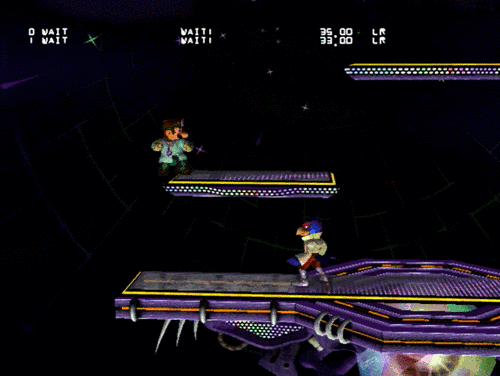
Wavedashing has many uses in competitive SSBM, such as being a movement option, landing on platforms, edgehogging enemies trying to grab the ledge, and more.
For Fox and Falco players, waveshining is the ability to wavedash out of a shine; this can be used as a way of pressuring opponents’ shields, as well as a way of extending their respective combo games. Being able to waveshine and make the most of them is a cornerstone of playing Fox and Falco at the competitive level.
Techniques such as wavelanding are also a must-learn tool for many players. Wavelanding is when you airdodge diagonally after the peak of your jump rather than immediately after jumping. This is most often used on stages with platforms, such as Battlefield or Dreamland. it allows characters to extend their combos even further, and also serves as a way of mixing up landings.
Watch high-level tournament Melee and you will see characters sliding around the stage at seemingly lightning speed; a lot of this has to do with utilizing wavedashing and wavelanding.
Wavedashing In Other Games
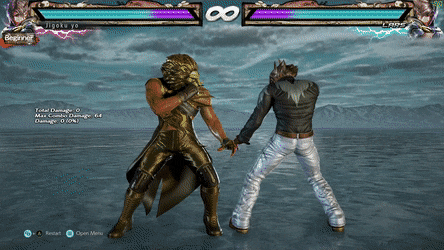
Wavedashing didn’t originate in Super Smash Bros. Melee; it started out in Tekken, with certain characters able to pull off a crouch-dash forward that could lead to more combos and pressure. Because characters in Melee crouch and slide when wavedashing, the term was a natural fit for Melee.
Super Smash Bros. Ultimate brought back directional air dodges, and with it, wavedashing. However, the end lag on air dodges in Ultimate makes wavedashing much less impactful than it was in Melee.
Other games will try to adopt wavedashing into their physics because of the dimensions it adds to movement and combo games. Almost every platform fighting game that aims to be competitive will draw on the influence of Melee, and find ways to incorporate some form of wavedashing.
Any player wanting to learn the fundamentals of competitive Melee will eventually learn how to wavedash; while it isn’t a technique that will make or break your success in Melee, it’s nevertheless a crucial component of playing at a high level.


